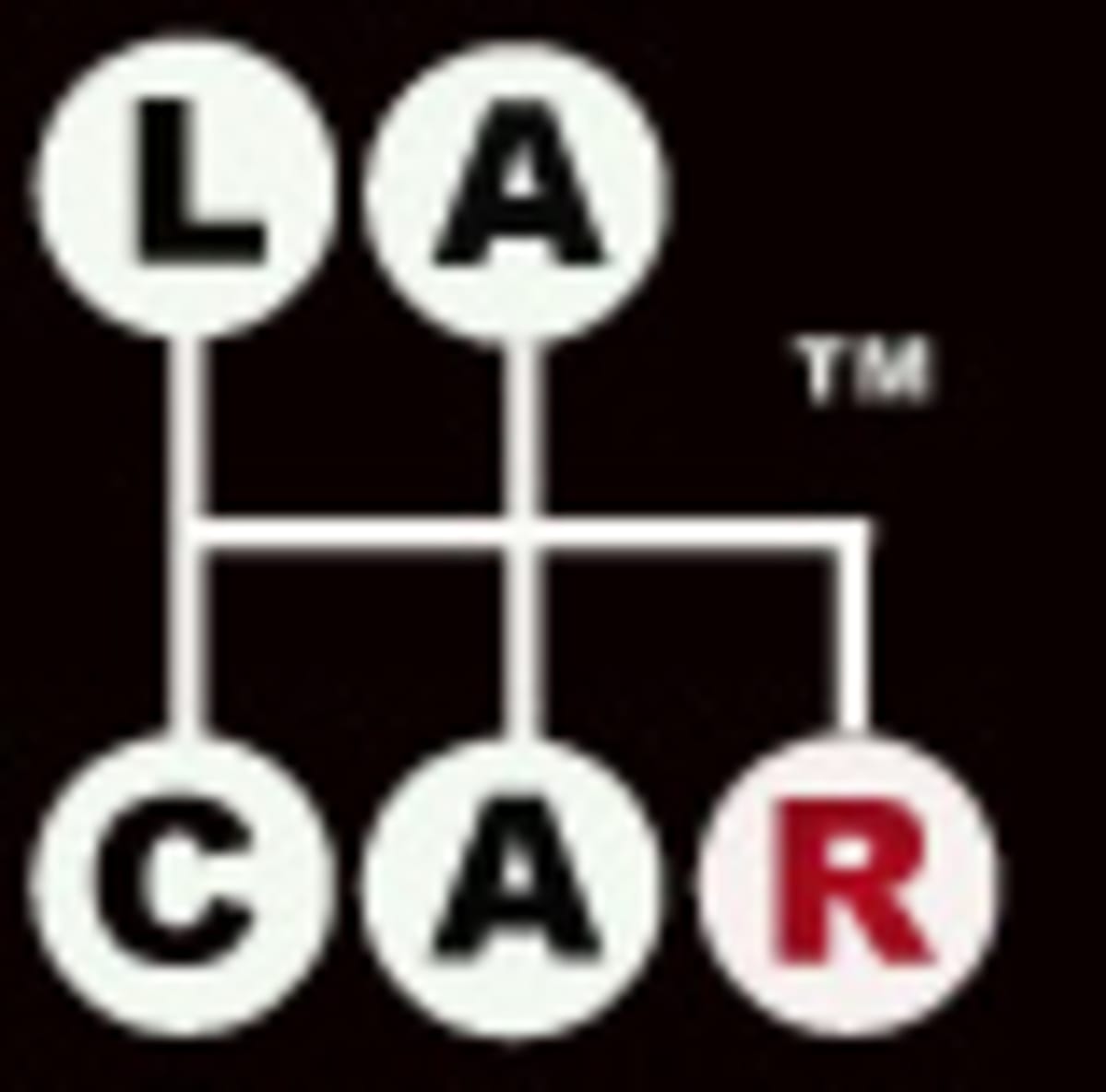RETURN OF THE CAR CLASSIC
This article is from our archives and has not been updated and integrated with our "new" site yet... Even so, it's still awesome - so keep reading!
Published on Tue, Aug 4, 2009
By: The LACar Editorial Staff
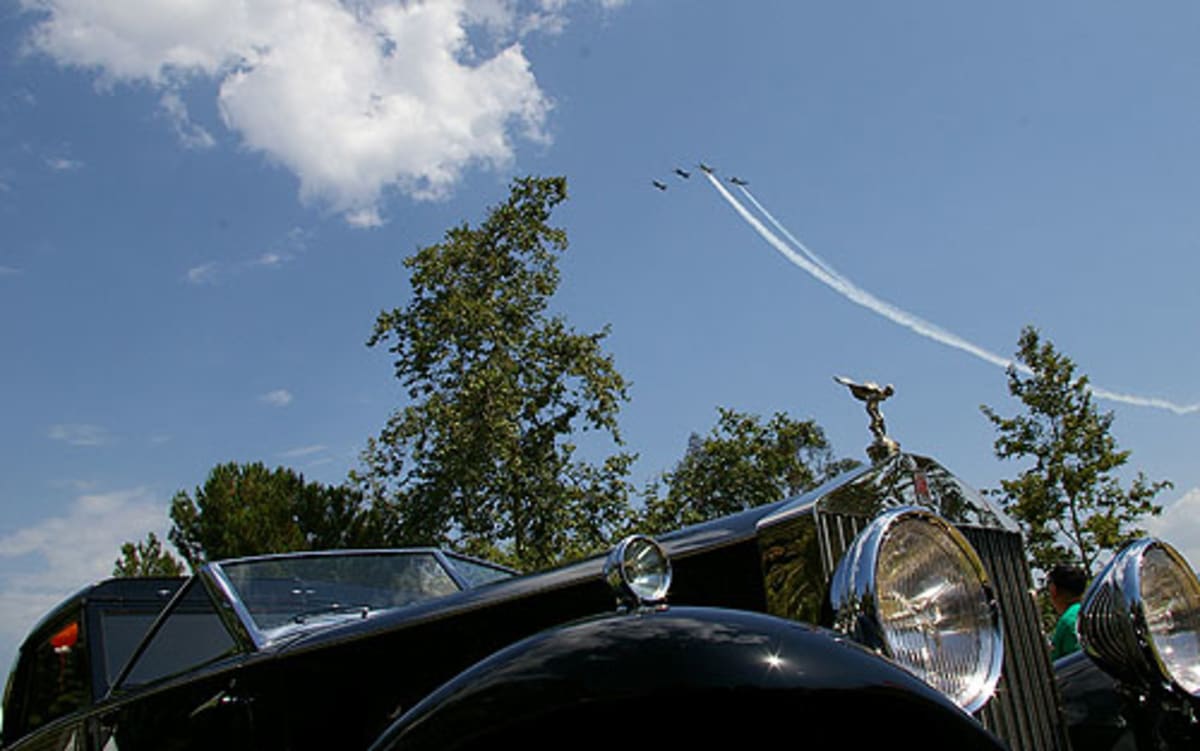
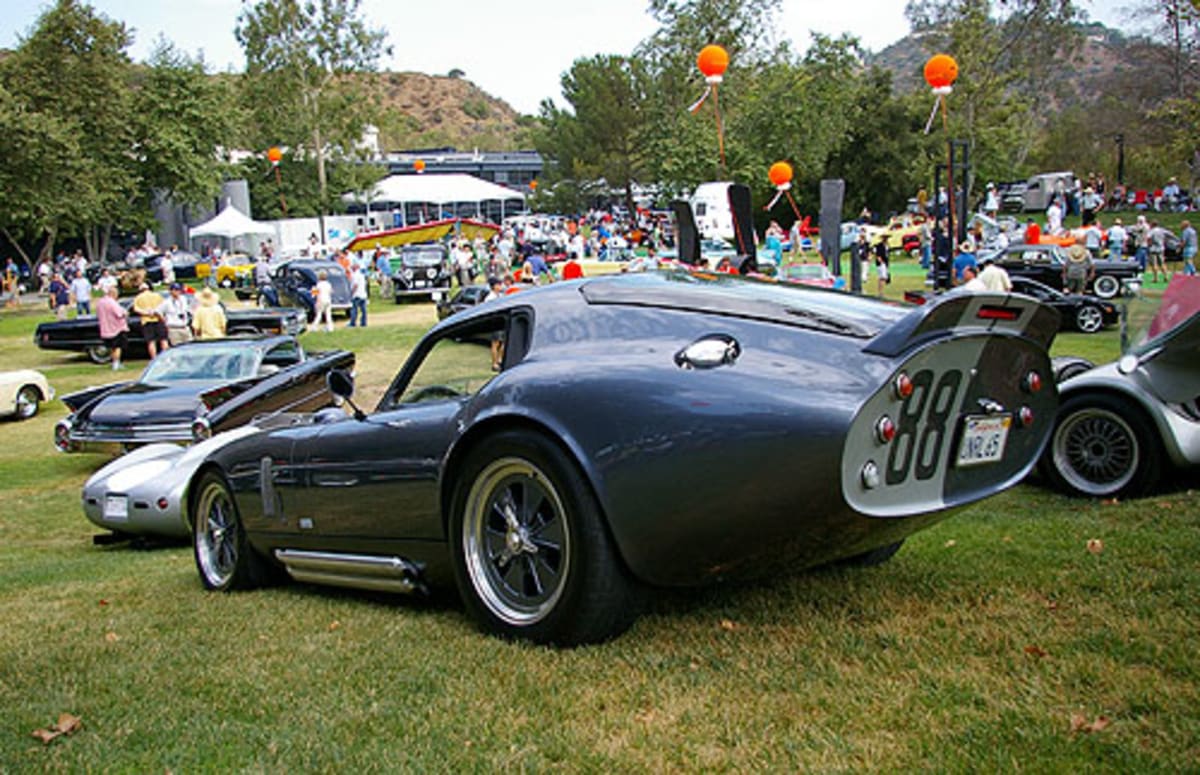
Los Angeles County has a rich history that has a good portion of its roots in the defense industry, which later morphed into the companies we know today.
In nearly spitting distance to ACCD is the Jet Propulsion Laboratories, which continues to help in development of spacecraft and has an ongoing relationship with NASA.
As instrumental as those types of facilities are, it's the automotive studios in this region that garners much of our attention. From BMW in Newbury Park, to Nissan in San Diego, this is a hot bed for advanced concepts. Even more interesting is the interplay and exchange of ideas between all of these different forms of transportation. The eclectic grouping of products on display at Art Center allows attendees to directly see the various influences one form has on the other.
Perhaps this is best seen in the fantastic 1958 GM Firebird III. This concept, which was the third in a series, really provides a 60s vision of automotive design, where Buck Rogers like dream cars ruled the Motorama. Its fins and tapered shape and bubble canopy resemble a jet much more than a car. This was aerodynamics in style, although the actual drag coefficient is probably not up to par with today's standards.
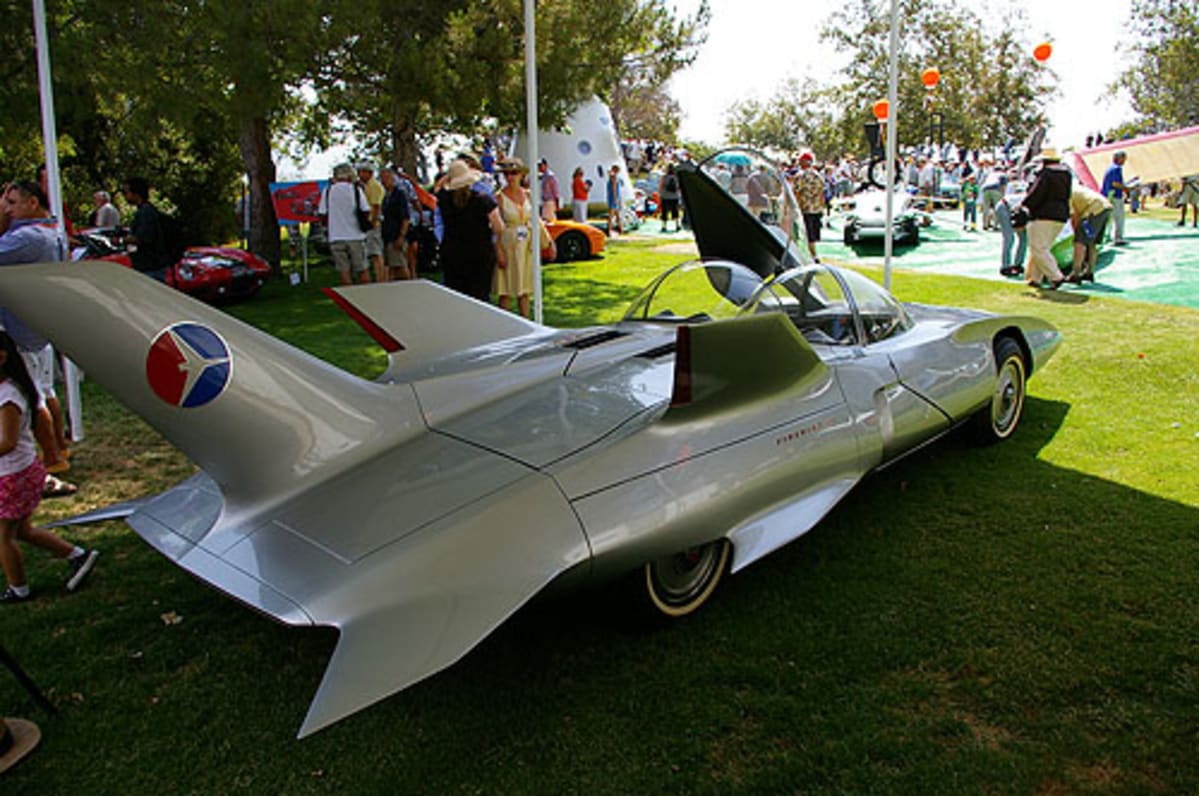
1958 GM Firebird III (above)
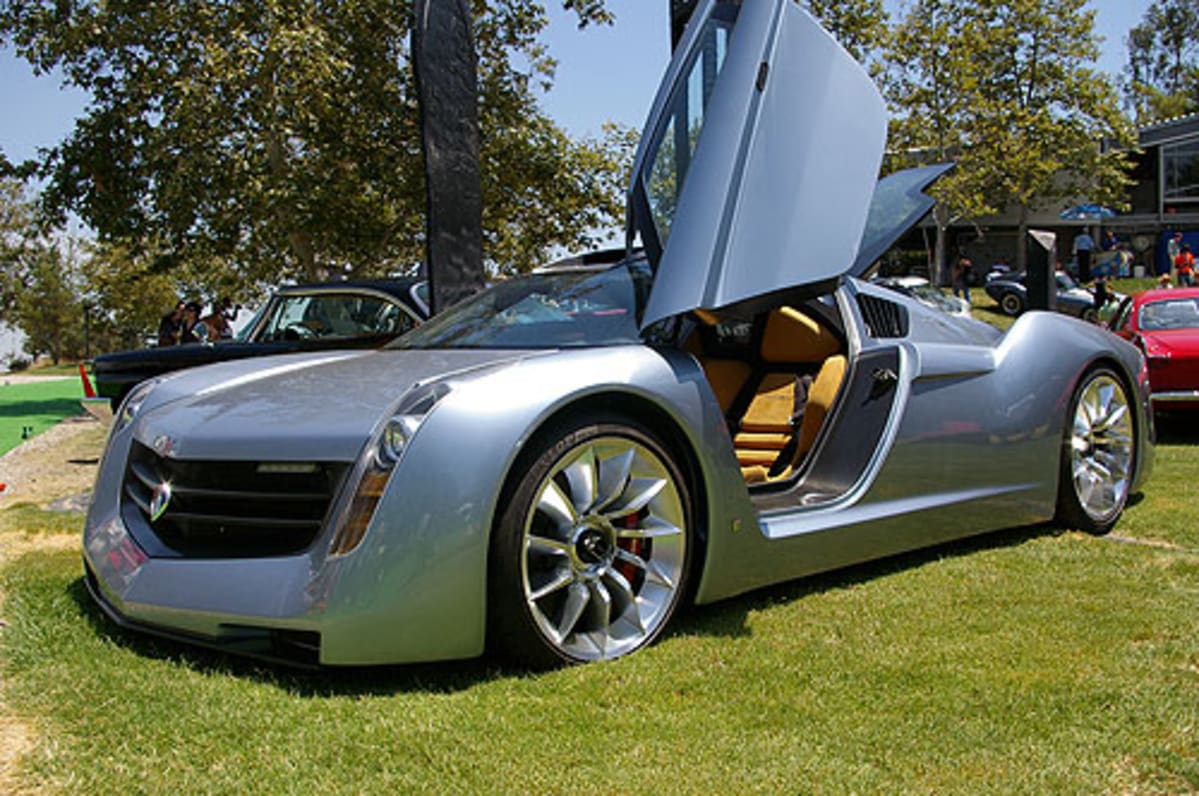
GM's Ecojet
On the flip side is the Ecojet that GM collaborated on. This turbine drive car is amazingly street legal. As if this stealth fighter-looking, one-off isn't unique enough, it gets added attention as it's driven to the show by its owner, Jay Leno. So much for stealth.
Complementing the aero theme are several fly-bys from a quartet of vintage planes. It does make you think, if there wasn't a P-51 Mustang would there ever have been a Ford Mustang?
Besides the numerous cars on the hillside courtyard with influence from the aerospace industry, attendees are treated to several ultralight planes. On the far end of the spectrum is a space pod from the 2009 Space X Dragon Capsule, which is looking to make space flight far more reliable and affordable (those without a large bank account need not inquire).
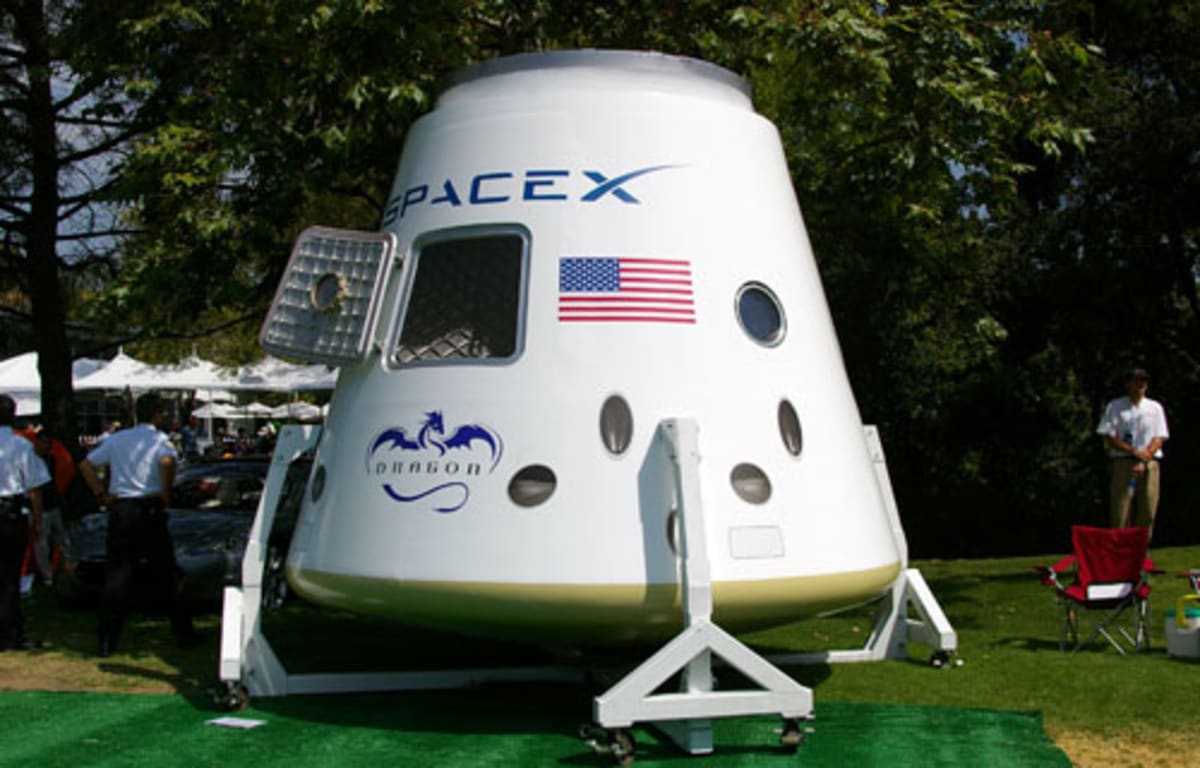
Some influences are hard to visualize, while others are more obvious. Situated near the display of elegant watercraft are several amphibious cars. Try as the companies might, the manufacturers of those cars have a tough time combining drivability, seaworthiness, and graceful styling. The examples like the 1944 Volkswagen Schwimmwagen that have a more utilitarian design seem more honest, not trying to be something that it's not (nor will ever be). Several companies over the years have tried combining the best attributes of land and aquatic transportation, but in the end the challenges of both really water down the effectiveness of the overall product.
Conversely, those that took to capturing the magic with marine inspired designs, like the 1935 Auburn 851 Boattail Speedster, are simply classic.
Besides the cars that fit the theme, the hillside courtyard and parking area have a mix of cars that encompass the largest and smallest, as well as the most desirable cars one can hope to ever drive.
Several classes defined the transportation on hand. The groupings include aircraft, air-inspired, fins and wings, marine, marine-inspired, spacecraft, California custom, extreme custom, competition motorsports, vintage Ferrari, accents, alternative energy, motorcycles, Raymond Loewy Designs, supercar/exotic, and last but not least the microcars, with a total of nine vehicles listed in the program.
A quick scan reveals an armada of sports cars that would round out nearly any collector's garage. The field includes such fantastic cars as the 1951 Jaguar XK 120 Roadster, 1961 Lotus Elite S2, 1969 DeTomaso Mangusta, 1971 Imperial Le Baron 4-door hardtop, and a 2009 Meyers Manx. ACCD alumni ranging from Frank Saucedo, GM's North Hollywood studio director, to Syd Mead, automotive,
industrial and film design futurist, own all of these. These former students definitely practice what they preach when it comes to design.
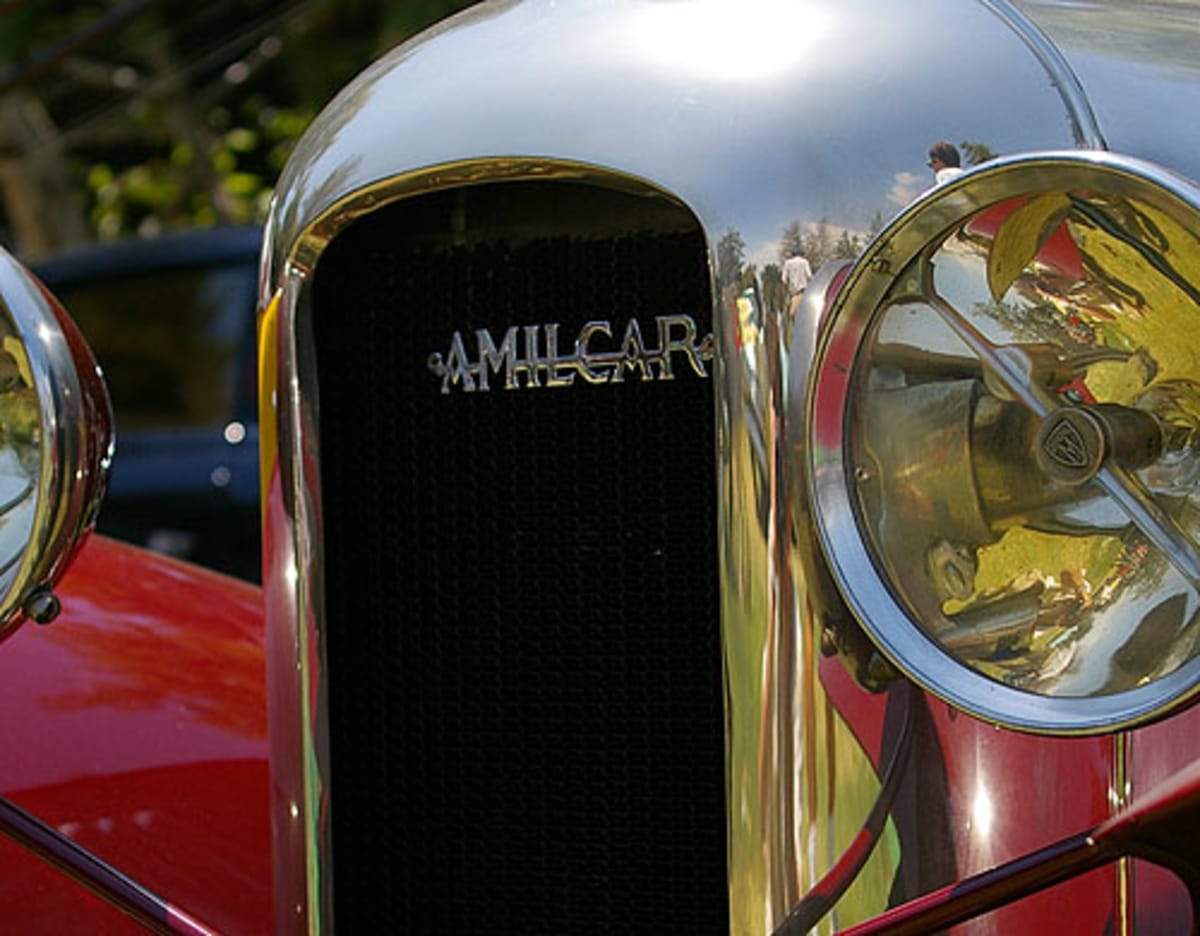
How much of an impact does Art Center make on the industry? Nearly every auto design studio has employees that perfected their abilities at the school. Fortunately, a few former students enjoying the Car Classic that went onto successful professional design careers provide for us their personal insight as to what kind of students come out of this college.
Fo at General Motors. He's probably one of the best
designers in our class. Then, of course, right behind me were people like Frank Saucedo. And then there was Craig Durfey (VW/Audi), and Grant Larson (Porsche), and there was Ken Okuyama (Honda, GM, Porsche, Pininfarina, Ken Okuyama Design). During the period of time I was at Art Center, we had a lot of talent going to those classes."
Dave O'Connell, former Design Director at Mitsubishi R&D reminisces: "There was Steve Ferrario who became a director at Chrysler, Chris Bangle went on to BMW, J Mays (Ford) was a little bit ahead of me in class, Jeff Teague (VW, Mitsubishi, Ford, Teague Design Inc.) was a little ahead of me. There are a whole lot of guys that had gone onto leadership positions that I was lucky enough to go to
school with and got to know."
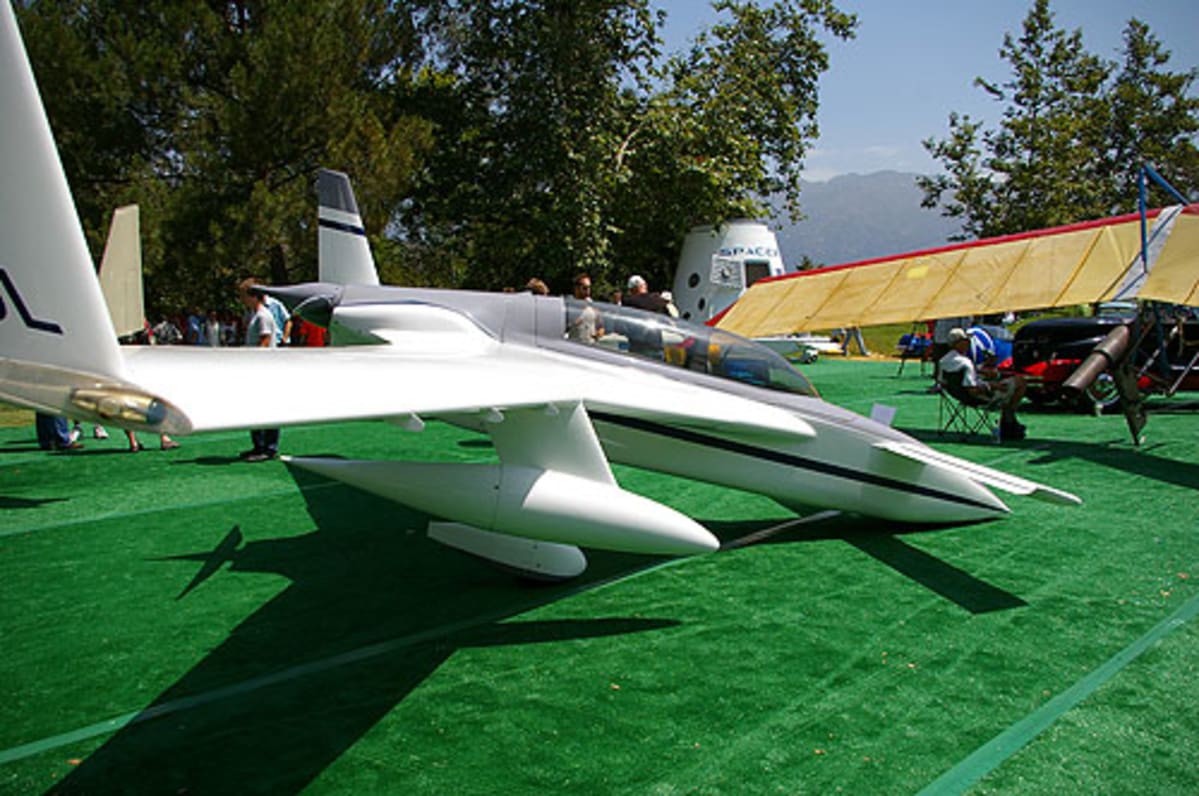
Sergio Luna (Lusch Corp.) mentions his time was spent sharing the campus with Joachim Anscheidt (Porsche, Seat, Bugatti), Brian Nesbitt (Chrysler, GM), Derek Jenkins (VW, Mazda), Andre Frey (Mercedes Benz), Jaehak Namgoong (Chrysler, Renault-Samsung), Brian Dexter (Johnson Controls), Brian Benedict (Honda, Mattel), to name a few.
David Heller, former senior modeler from Mitsubishi R&D looks back on two of his classmates, John Manoogian II, and Jan Matthias. John recently retired from General Motors Cadillac Division, where he was the director of design. Jan worked for Porsche Design as USA senior advisor, and later started his own design firm, Matthias Design.
This school churns out some of the most influential designers in the world today. The bottom line: Students, alumni, and the enthusiasts at this event are well aware of the school's well-deserved reputation for creating superior talent. This talent inevitably goes on to create fantastic products and concepts.
One of the many unique cars that grace the lawn comes from a company few may yet know of. Industrial Design Research's David Stollery put his creative energy into creating the AREX, a car that fits his special tastes. David is not just another alumnus of ACCD, and former instructor, but he is also a former design director of Calty (Toyota's California studio). The extreme cab forward design
of the AREX has a mid-rear engine placement. The lightweight car might not have all the bells and whistles as your typical Lamborghini, but it does pack about 600 supercharged horsepower under the wildest, most curvatious body since Anna Nicole-Smith.
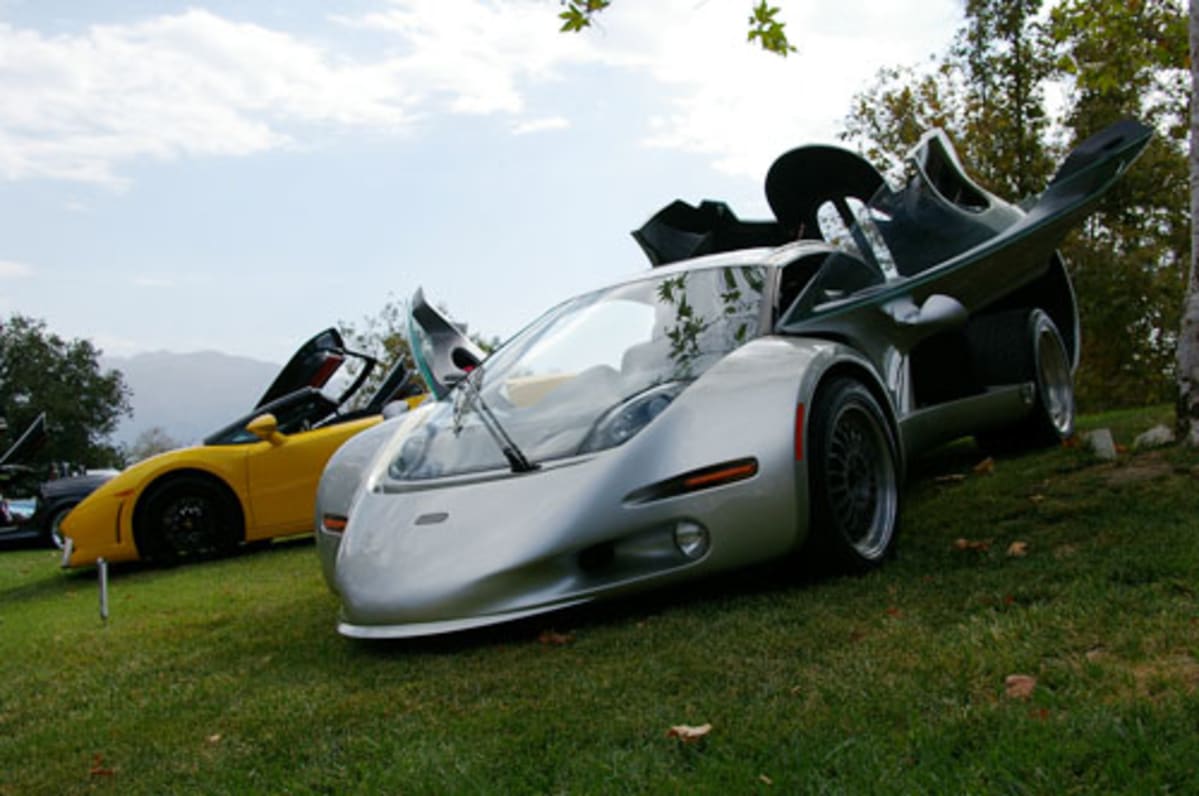
AREX
While each and every vehicle and manufacturer on display is worthy of special mention, I have to give credit where credit is due. Three extreme custom cars created by Blastoline capture true out-of-the-box thinking, while touching on many of the elements that the Air, Land, and Sea theme focuses on. Certainly, the products that Blastoline develops are geared primarily towards display, such as the one that currently sits inside the foyer at the Petersen Automotive Museum.
The practicality of these rank close to zero, except that people will quickly move out of the way when they see these approach. But, as indicated these mega-ton, polished metal, oversized engine, rolling-pieces-of-art do in fact drive. When it comes to style alone, the Blastoline cars can go toe-to-toe with anything out there transportation or otherwise. Just how many cars can do that?
Besides all the legendary alumni dotting the grounds of ACCD for the Car Classic, the school scheduled Burt Rutan as the featured speaker. Burt, while not really well-recognized in automotive circles, he is perhaps the most highly regarded aeronautical design engineer alive. And I dare say maybe the most influential since the Wright brother, or at least Kelly Johnston.
Mr. Rutan is a wonderful speaker, and his larger-than-life character seems to at home at the school in Pasadena. Albeit, he makes his residence in the Mojave desert, which is also home to his company Scaled Composites, LLC.

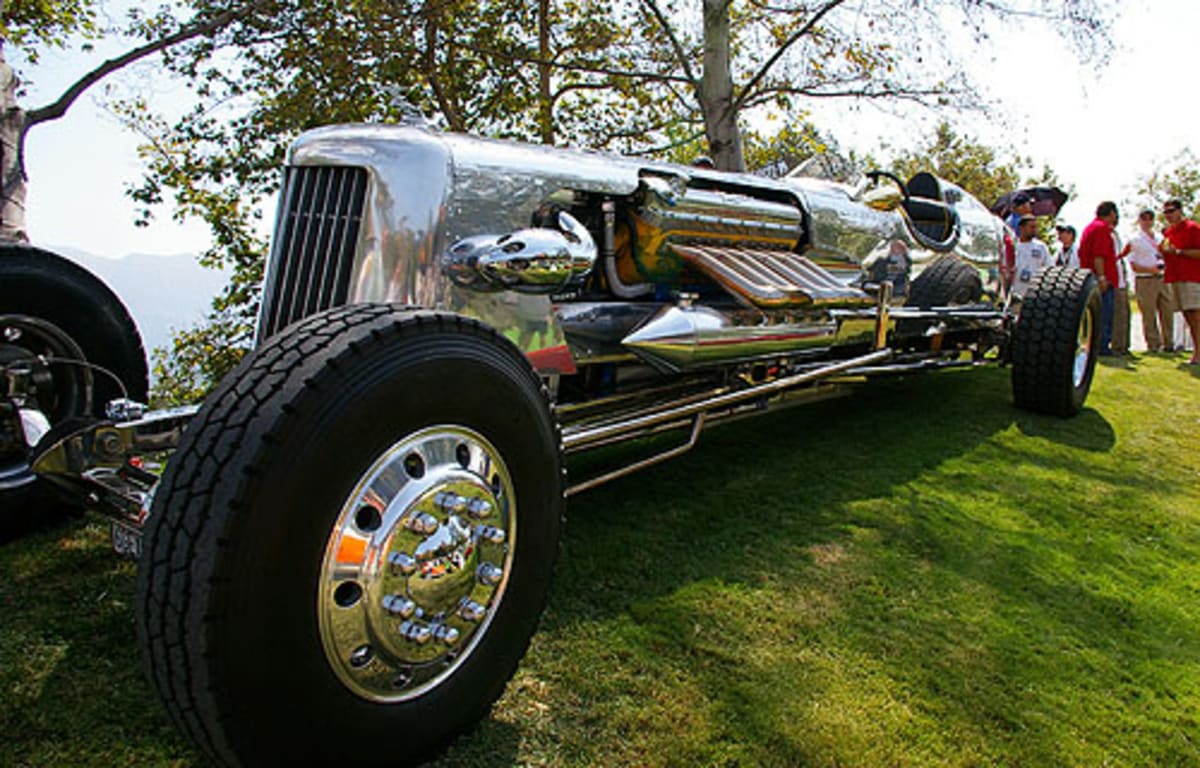
Burt enlightened us in the auditorium with his background and amusing personal life interests, while beating the triple digit heat. Rutan is credited with numerous aircraft and now spacecraft. His contributions to flight are impressive by any standard known. Yet, his influence to those attending might provide an even greater impact.
Speaking on his interests, hobbies, and research that span from the Kennedy assassination to ancient Egypt engineering keeps everyone entertained. But it's when he delves into his studies of climate change that the crowd really perks up. Burt's comments, although not politically correct, give reason for all to reexamine what's really important when it comes to the global warming debate, of which cars have been a lightening rod of attention.
Rutan provided charts showing the cyclical nature of global warming and cooling. He points out that our concerns over the impact of man-made influences could be really overstated, as the very nature of our planet's climate rises and falls regardless of what humans do. He also points out that it's that cooling trend that is most life threatening.
Rounding out his speech, Burt focuses our attention on where we should place our energies if we do indeed wish to save the planet. One-by-one, eliminating so-called threats to life, he zeros in on the one threat that could be cataclysmic and preventable. Sadly, his research reveals that collisions from comets or asteroids are a very real potential problem, and have happened in the past (and just days after this speech, Jupiter was hit by one such space invader). Scarier still, while this might be something that mankind could prevent with today's emerging technology, we as a planet are investing staggeringly limited funds towards this goal. As most all of us do have some value to our lives, and really don't want to be smashed into oblivion by a wayward space body, it isn't surprising that his comments earned extensive applause.
Perhaps this is what really separates the Car Classic from other car shows. Besides the amazing displays and those that actually create the designs, the Car Classic provides attendees with plenty of food for thought. In that department, no one went home hungry.

For more info go to www.artcenter.edu
